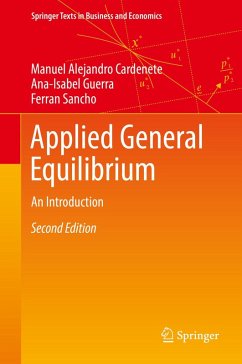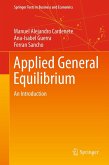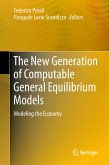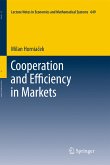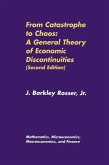Applied general equilibrium goes one step further in modeling, since it entails the integration of microeconomic theory, data handling and computing. This integration is essential for successful empirical modeling, but also involves various abilities that are not found in standard books. This book fills the gap, providing advanced students with the required tools, from the
construction of consistent and applicable general equilibrium models to the interpretation of the results that ensue from the adoption of policies. This second edition expands the range of topics covered, including: indispensable general equilibrium theory, step-by-step model design, incremental model extensions, a wealth of sample computer code, procedures for constructing economic databases, database adjustments and database updating algorithms, numerical model calibration, policy strategies and their trade-offs and welfare effects, and a discussion of empirical policy examples.
Dieser Download kann aus rechtlichen Gründen nur mit Rechnungsadresse in A, B, BG, CY, CZ, D, DK, EW, E, FIN, F, GR, HR, H, IRL, I, LT, L, LR, M, NL, PL, P, R, S, SLO, SK ausgeliefert werden.
"The authors' aim is to provide readers with the tools needed to construct their own models. I applaud them for their success. After reading the book, students should be able to build an AGE model because they will have gained an understanding of its internal logic. ... this is a very useful book that should be on the shelf of any student of AGE modeling. ... Even the most complicated issues are tackled in an easy-to-understand way, which makes the book quite accessible." (María Teresa Álvarez-Martínez, The Review of Regional Studies, Vol. 42 (1), 2012)

